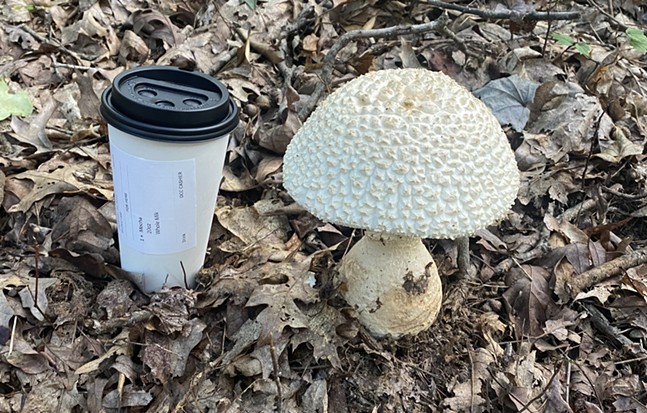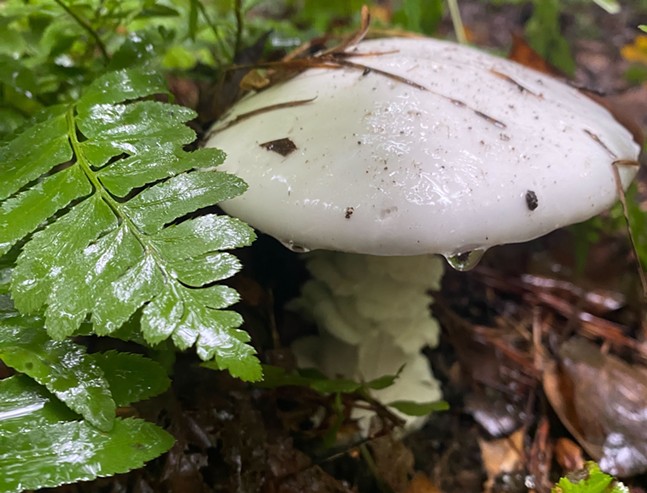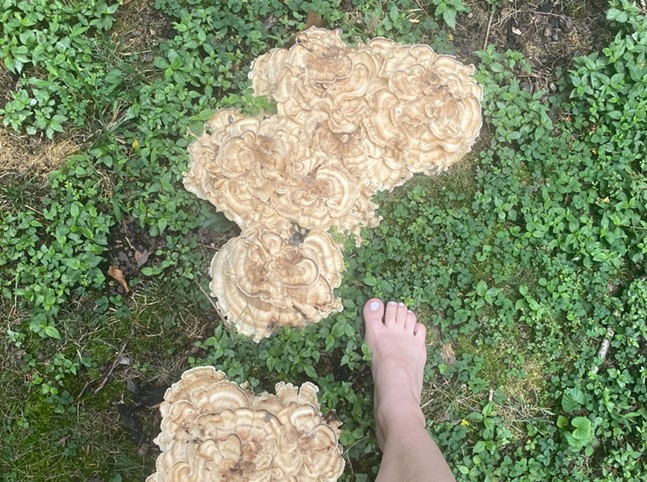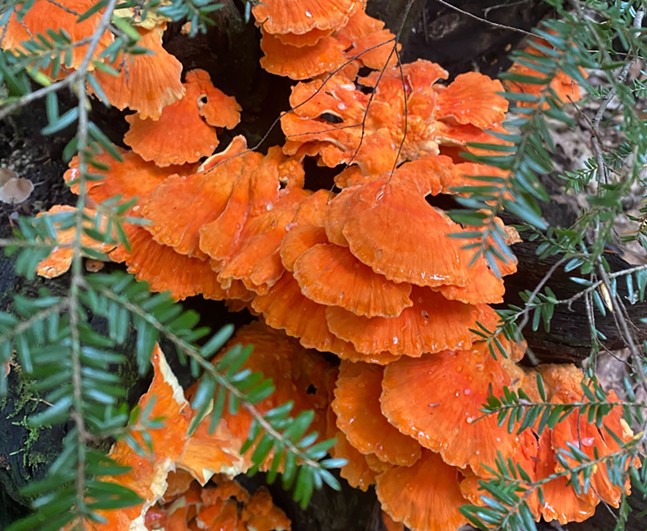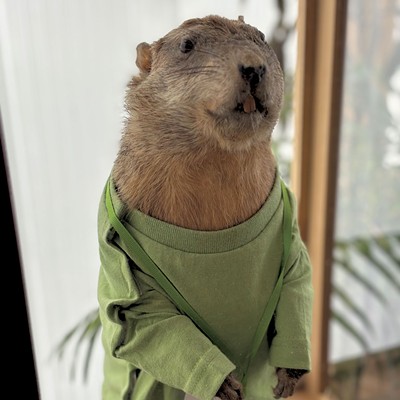Foraging lies within our hunting-gathering DNA, connecting us to our ancestors and the Earth. Though most humans are eons removed from foraging for survival, there is value in collecting the bounties of nature, and discovering hidden treasures. Until I spent time with a certified forager, I had no idea there were so many varieties of wild berries, healing herbs, and magical mushrooms growing in our forests. And no, I’m not referring to psychadelic psilocybin, but rather, the free food that grows around us, packed with vitamins and nutrients you can’t find anywhere else in nature.
Southwest Pennsylvania sits in the humid continental climate, a paradise of wild fruit and fungal growth that thrives in balanced seasons and rainy spells. But even though our forests are filled with bounty, foraging, especially given its growing popularity, must be done responsibly.
One thing I never do is forage alone. I’m far too clumsy to be trusted not to break an ankle by stepping in a hole or tripping over a root. But there are worse things that can happen for sure, especially for those who don’t respect the rules of private property or tread on active state game lands. Nobody wants to be arrested or shot for the sake of foraging. Stick to public parks, private property where you have permission to forage (I take advantage of my brother’s three acres), or your own backyard.
In the infancy of my foraging journey, I was tempted to pluck bright and delicious-looking mushrooms or berries from their branches, logs, and the forest floor. But unless you’re armed with some knowledge, it’s best to leave them lie. Simply put, you can eat anything once but may not enjoy (or survive) the outcome.
It’s best to purchase at least one highly-rated guidebook, join a foraging group, and take a class or two. And be prepared for continuous learning along your journey.
There are thousands of foraging guidebooks to choose from, so when you’re pursuing the bookshelves, key in on location, ease of use, and portability. Location is important because you aren’t going to get much use out of a guidebook specific to Southern France while exploring Southwestern Pa. (unless you’re going on a vacation, in which case, enjoy!). And you’ll want your book to fit in your fanny pack, backpack, or camelback so you can whip it out when you see a questionable berry or an interesting mushroom. The ah-ha moment when your guidebook identifies a new treasure is priceless. (After asking the online mushroom community for recommendations, I purchased a copy of Mushrooms of the Northeast and a copy of Wild Mushrooms of Pennsylvania and the Mid-Atlantic.)
It’s worth following the local online foraging community as well. Dozens of localized groups gather on Reddit and Facebook, posting whatever they find fascinating or fun: photos of purple hands after harvesting wild grapes, exciting cooking videos, exceptionally phallic-looking mushrooms, and questionable discoveries. Some foragers in these groups can be extremely helpful, others … not so much. The online community should never be your only resource. After all, the members of most groups are at varying levels in their foraging journies.
Between YouTube, mycology clubs, local producers, and community and state parks, there are a ton of classes available for foragers. 3 Rivers Outdoor Company hosts mushroom classes that include a lovely walk around Frick Park. I had a blast discovering some colorful turkey tails with the 3 Rivers crew, and I met a handful of like-minded budding foragers. The instructors even provided a mushroom identification sheet for their students, and after our walk in the woods, we were given an indoor spore kit to grow our own mushrooms at home.
Until you’re confident in identifying wild edibles, never eat anything if you aren’t 100% sure won’t kill you, give you the worst stomach pain of your life, or make you unexpectedly trip your face off. Even if you’re quite sure your finds are edible, do yourself a solid and wash your greens and berries thoroughly. It’s also best to cook wild mushrooms before eating them to ensure that all bacteria and bugs are removed.
Sharing the bounty
A few weeks ago while walking through the woods, I stumbled upon a fallen log covered with chicken of the woods mushrooms. I could have taken them all, but that’s not the right thing to do. A forager who shares is a forager who cares, so I only took a third. That was enough to make “chicken” nuggets for my family and have plenty left over to freeze for later.
In the springtime, Southwestern Pa. boasts bounties of ramps — culinary favorites that are difficult to find, especially given their popularity. It may be tempting to rip these treasures out by the bulb, but you should only take half. And if you really want the bulb for its distinctively garlicky flavor, cut the bottom of the bulb with a sharp knife, leaving the roots intact, and place it back in the ground.
The same goes for berries: the birds need to eat, too. While wild blackberries, wineberries, elderberries, and wild grapes grow plentifully around us, the animals also depend on them. Take your share, and leave the rest.
Foraging at home
If you are lucky enough to have a non-chemically treated yard, you may find some treasures growing in it. Spring onions grow like weeds in my yard; they’re easy to dry and last a very long time stored in an airtight jar. I haven’t purchased chives or dried onions in years. They’re great in soups like ramen or chili, and they make an excellent garnish if you want to get fancy with your plating. Plus, the bulbs can be roasted, and pair beautifully with venison and carrots.
Edible mushrooms may grow in your yard, too. Wild puffballs are delicious and perfectly safe to eat when they’re pure white in the center. They make a wonderful faux pizza crust, they boil nicely into a mushroom soup, or you can even whip up some mushroom French toast! Polypores, shaggy manes, and meadow mushrooms are found growing in local backyards, as well.
And don’t forget the edible flowers. Dandelions are highly nutritious. Dress up a summer salad with their bright yellow blooms, or tempura-fry those suckers for an unexpected flavor bomb. Dandelion greens are as nutritious as kale, and taste similar, too. Wild violets are also edible. Their petals are sweet and perfect for cookies or other baked goods, or you can make violet syrup that turns a fun blueish-purple color when you add a splash of lemon.

